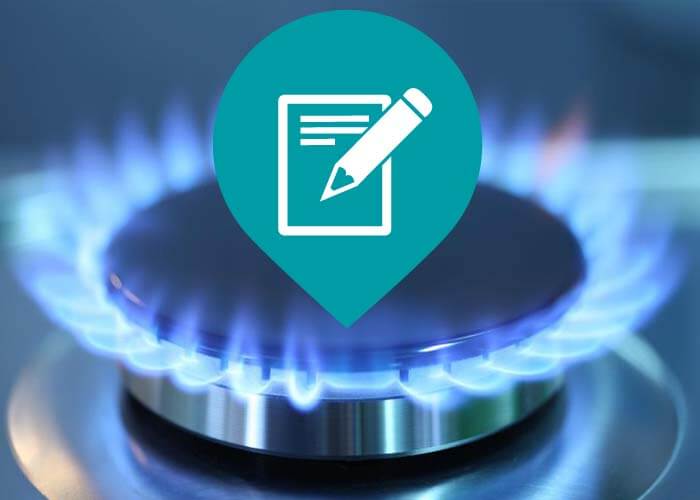
Just how Does the Natural Gas Shipment System Work?
How Does the Gas Distribution System Work?
Gas moving from higher to reduce stress is the essential principle of the natural gas shipment system. The amount of pressure in a pipe is determined in pounds per square inch.
From the well, the natural gas enters into "gathering" lines, which are like branches on a tree, obtaining larger as they get closer to the main collection point.
Gathering Equipments
A gathering system might require one or more area compressors to relocate the gas to the pipe or the processing plant. A compressor is a machine driven by an interior burning engine or turbine that produces pressure to "push" the gas with the lines. Many compressors in the gas shipment system utilize a percentage of gas from their very own lines as fuel.
Some gas gathering systems consist of a handling center, which carries out such functions as eliminating pollutants like water, co2 or sulfur that could corrode a pipeline, or inert gases, such as helium, that would certainly minimize the energy value of the gas. Processing plants likewise can eliminate small quantities of propane and also butane. These gases are utilized for chemical feedstocks as well as various other applications.
The Transmission System
From the celebration system, the gas steps right into the transmission system, which is normally composed of regarding 272,000 miles of high-strength steel piper.
These large transmission lines for gas can be contrasted to the nation's interstate highway system for vehicles. They relocate huge amounts of gas hundreds of miles from the generating regions to regional distribution business (LDCs). The stress of gas in each area of line generally ranges from 200 extra pounds to 1,500 pounds per square inch, depending upon the sort of area in which the pipe is running. As a precaution, pipes are made and also built to take care of a lot more pressure than is ever in fact reached in the system. For instance, pipes in more inhabited locations operate at less than one-half of their design pressure level.
Lots of major interstate pipes are "knotted"-- there are two or more lines running alongside each other in the same right of way. This provides maximum capacity during durations of peak demand.
Compressor Stations
Compressor stations lie roughly every 50 to 60 miles along each pipe to increase the pressure that is lost with the friction of the natural gas moving through the steel pipeline. Several compressor terminals are entirely automated, so the devices can be begun or stopped from a pipeline's central control space. The control room can likewise remotely run shut-off valves along the transmission system. The drivers of the system keep thorough operating data on each compressor terminal, as well as continually readjust the mix of engines that are going to optimize efficiency and safety and security.
Natural gas relocations with the transmission system at approximately 30 miles per hour, so it takes several days for gas from Texas to reach an energy invoice factor in the Northeast. Along the way, there are several interconnections with other pipelines and also other energy systems, which provides system operators a good deal of adaptability in relocating gas.
Linepack
A 50-mile section of 42-inch transmission line operating at around 1,000 extra pounds of pressure contains about 200 million cubic feet of gas-- Click for more enough to power a kitchen range for greater than 2,000 years. The amount of gas in the pipe is called the "linepack.".
By raising and lowering the pressure on any type of pipeline section, a pipeline firm can utilize the sector to save gas during periods when there is less need at the end of the pipe. Making use of linepack in this way enables pipeline drivers to handle per hour variations popular extremely efficiently.
Natural gas pipelines and energies utilize extremely sophisticated computer system models of client demand for gas, which connect everyday and also per hour consumption fads with seasonal and also ecological elements. That's why clients can depend upon the dependability of natural gas-- when it's needed, it exists.
Entrance Stations.
When the gas in a transmission pipeline gets to a local gas energy, it typically goes through a "gate station." Energies often have gateway terminals getting gas at several places and also from a number of different pipelines. Gate terminals serve 3 objectives. First, they reduce the stress in the line from transmission degrees (200 to 1,500 pounds) to distribution levels, which range from 1/4 extra pound to 200 extra pounds. Then an odorant, the distinct sour fragrance connected with natural gas, is added, so that consumers can scent also small quantities of gas. Ultimately, eviction terminal gauges the flow price of the gas to identify the amount being gotten by the utility.